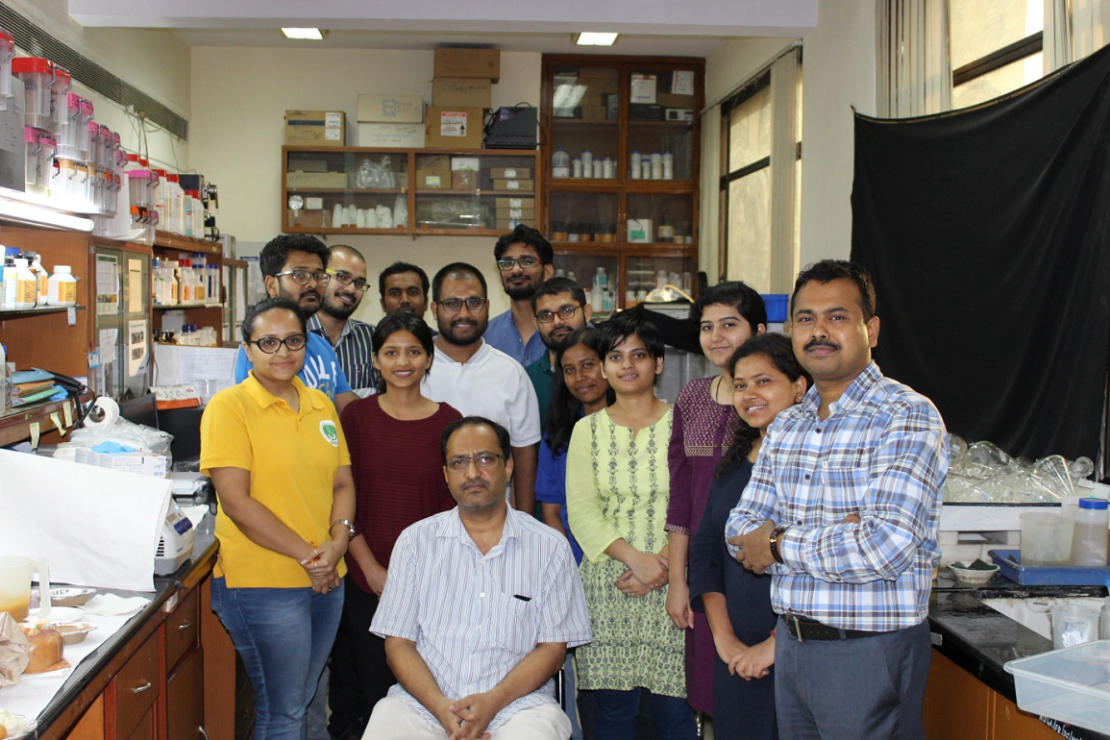
Enhancing the root network by local manipulation of cytokinin level might be an effective approach along with conventional breeding to alleviate yield loss in chickpea and other indeterminate legume crops during drought.
APR 27, 2020 | BY RATNESHWAR THAKUR
A group of Plant scientists working at India’s Department of Biotechnology’s New Delhi based National Institute of Plant Genome Research (NIPGR) along with the researchers at the University of Hyderabad and Indian Institute of Pulses Research - have successfully developed a high yielding transgenic desi chickpea variety. In this study, Researchers employed genetic modification (GM) technique to reduce the level of cytokinin hormone in root.
The study has been published in the 'Plant Biotechnology Journal'.
Various plant hormones, most importantly, auxin and cytokinin play a vital role in root growth and development. Local activation of auxin–signaling paves the way for lateral root formation. On the contrary, cytokinin treatments inhibit lateral root formation. Active cytokinin pool in the plants is regulated by reversible glycosylation (addition of carbohydrate) and through irreversible breakdown of cytokinin by the enzymes, known as cytokinin oxidase/dehydrogenases (CKXs).
In this study, the research team has expressed a gene for an enzyme cytokinin oxidase 6 (CKX6) that degrades cytokinin under a root-specific promoter (PWRKY31) in chickpea. The origin of gene and the promoter studied - are from chickpea plant itself.
Researchers successfully tested target specific expression of cytokinin oxidase 6 (CKX6) gene to modulate the cytokinin level in roots to investigate the effect of cytokinin depletion in root growth and architecture and subsequently, on yield of chickpea.
Earlier studies have shown that low root cytokinin allows the plant to absorb more zinc and iron from soil.
This GM chickpea line has been tested up to fourth generation (T4). They found new chickpea variety could successfully tolerate periodic water limited condition and possess higher seed mineral contents. These transgenic chickpea lines exhibited higher seed yield up to 25 % without any changes in the protein contents.
The research team included Hitaishi Khandal, Santosh K. Gupta, Vikas Dwivedi, Drishti Mandal, Nilesh K. Sharma, Niraj K. Vishwakarma, Lalita Pal Megha Choudhary, Aleena Francis, Paheli Malakar, Nagendra P. Singh, Kapil Sharma, Senjuti Sinharoy, Narendra P. Singh, Rameshwar Sharma, and Debasis Chattopadhyay.
The study is funded by Department of Biotechnology, Ministry of Science and technology, Govt. of India and NIPGR.
Journal Reference:
Root-specific expression of chickpea cytokinin oxidase/dehydrogenase 6 leads to enhanced root growth, drought tolerance and yield without compromising nodulation
